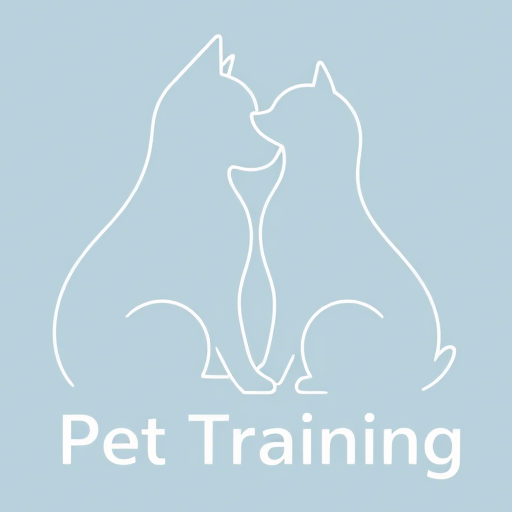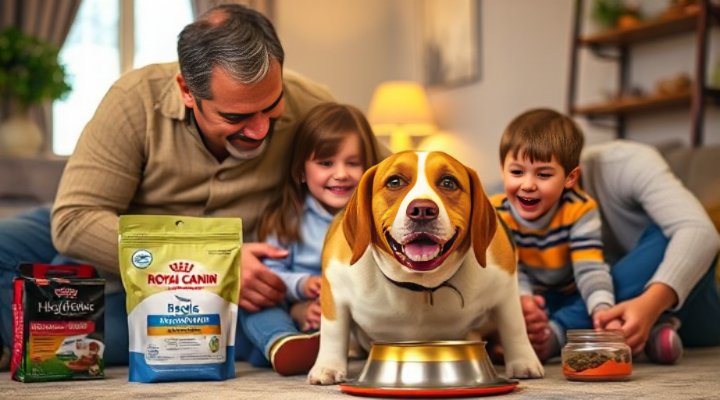If your dog suffers from food allergies, you know how frustrating it can be to find the right diet. That’s where Royal Canin Hydrolyzed Protein comes in. This specialized formula is designed to help dogs with allergies by providing easily digestible proteins that won’t trigger allergic reactions.

What Makes Royal Canin Hydrolyzed Protein Different?
Unlike regular dog food, Royal Canin Hydrolyzed Protein uses proteins that have been broken down into tiny molecules. This process, called hydrolysis, makes the proteins too small for your dog’s immune system to recognize as allergens. Consequently, your dog can get all the nutrition they need without the uncomfortable allergic reactions.
For example, my neighbor’s Labrador, Max, used to scratch constantly and had recurring ear infections. After switching to Royal Canin Hydrolyzed Protein, his symptoms improved dramatically within weeks. It was like watching a different dog emerge!
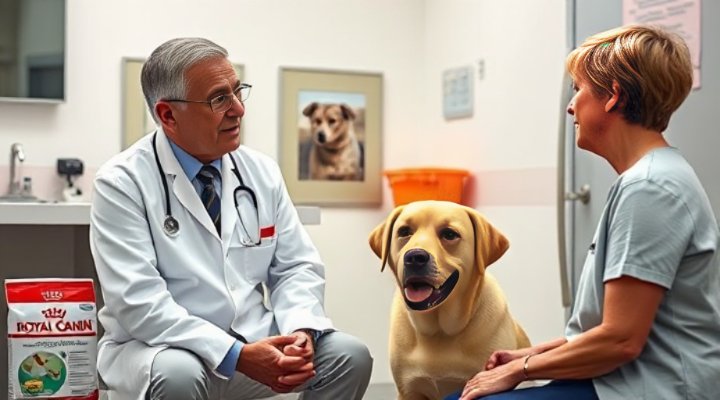
The Science Behind Hydrolyzed Proteins
Hydrolyzed proteins are created through a scientific process that breaks down protein molecules into smaller fragments. These fragments are small enough that they don’t trigger the immune response that causes allergic reactions in sensitive dogs. According to the FDA, hydrolyzed protein diets are often recommended for dogs with food allergies.
Moreover, Royal Canin’s formula includes:
- Highly digestible carbohydrates
- Essential fatty acids for skin health
- Prebiotics to support digestive health
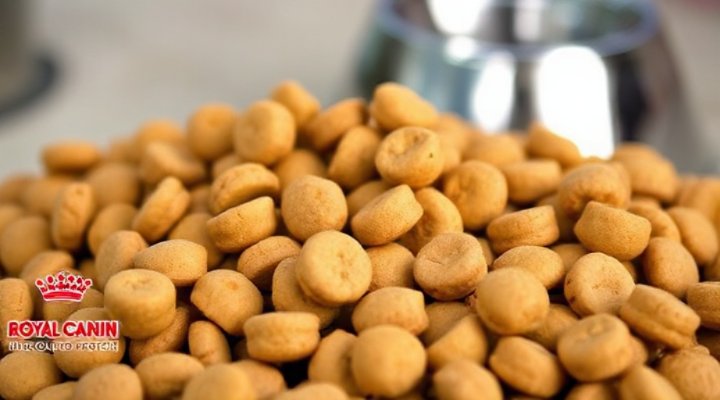
Benefits of Royal Canin Hydrolyzed Protein
The benefits of this specialized diet go beyond just reducing allergic reactions. Many dog owners report:
- Improved skin and coat condition
- Reduced itching and scratching
- Better digestive health
- Increased energy levels
As a bonus, the kibble is designed to be palatable, which is important because many dogs with food allergies can be picky eaters. If you’re considering this food, you might also want to read about other hypoallergenic options to compare.
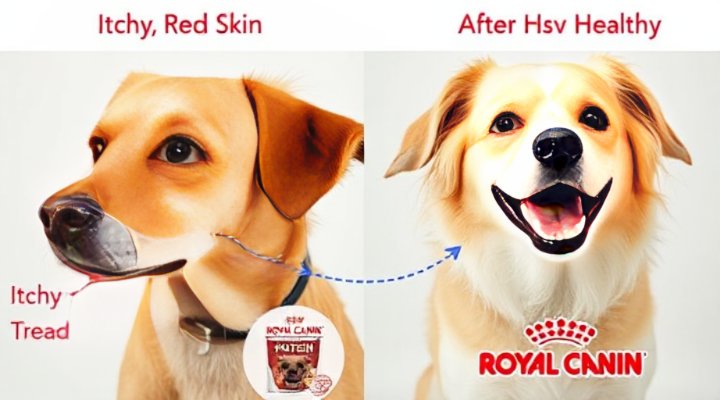
Transitioning Your Dog to Royal Canin Hydrolyzed Protein
When switching your dog to this food, it’s important to do so gradually over 7-10 days. Start by mixing a small amount of the new food with their current food, gradually increasing the proportion. This helps prevent digestive upset and allows your dog to adjust to the new taste and texture.
During the transition period, monitor your dog closely for any changes in behavior, appetite, or stool quality. Most dogs adjust well, but if you notice any concerns, consult your veterinarian.

Is Royal Canin Hydrolyzed Protein Right for Your Dog?
While this food can be life-changing for many dogs with allergies, it’s always best to consult with your veterinarian before making any major dietary changes. They can help determine if your dog’s symptoms are truly caused by food allergies and whether this formula would be appropriate.
Remember, every dog is unique. What works for one might not work for another. But for many dogs suffering from food allergies, Royal Canin Hydrolyzed Protein offers a chance at a happier, healthier life free from constant itching and discomfort.
For more information on dog nutrition, check out our articles on wet vs. dry dog food and foods for sensitive stomachs.
Related Keywords: royal canin hydrolyzed protein, dog food for allergies, hypoallergenic dog food, best dog food for allergies, royal canin dog food, hydrolyzed protein diet for dogs, dog allergy treatment, veterinary diet for dogs
